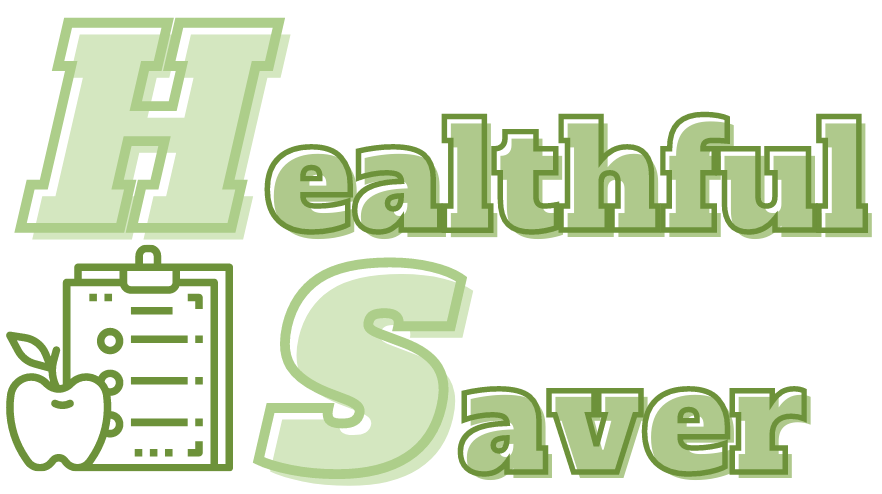Iron is an essential micronutrient that is needed for red blood cell formation, the formation of proteins in the body, and the maintenance of the immune system. Iron is found in red meat, poultry, fish, beans, peas, nuts, and fortified foods. The amount of iron in the diet is expressed in milligrams of iron per day, which is referred to as “iron status.” Iron deficiency (an insufficient intake of iron) is the most common form of iron deficiency.
Here are some signs that you may be iron deficient:
- Shortness of breath
While it’s not always easy to tell if you have iron deficiency, many people have a hard time breathing at night or have a rough time getting in and out of bed. You can become short of breath from iron deficiency, though it may not always be apparent. If a person develops iron deficiency, they may experience shortness of breath when they exercise since they are not used to working out as much. Iron deficiency more often occurs in women than m
- Noticeable heartbeats (heart palpitations)
If you’ve got a pounding heart and your pulse is faster than normal, it may be because you’re not getting enough iron in your diet. Iron is an essential mineral that plays a key role in helping your body transport oxygen, red blood cells, and energy-producing chemicals. Adults need between 8 and 18 milligrams of iron per day, depending on age and gender. This can come from food or supplements.
- Extreme fatigue
Iron deficiency can cause a myriad of health problems, from poor general health to poor athletic performance. But most of us are unaware of what our body is telling us, so it may be difficult to recognize the signs of deficiency.
- Pale skin
Iron is a mineral required for healthy blood levels of oxygen and hemoglobin. Iron deficiency is one of the leading causes of preventable causes of anemia worldwide.
- Tiredness and lack of energy
You may feel tired most of the time, and it’s not always easy to drag yourself out of bed. It’s also common for you to find it hard to get going in the morning. You may also suffer from poor concentration and feel irritable when you are under stress. One of the most common signs of an iron deficiency is a feeling of tiredness.
How to Eat More?
Include in your diet iron-rich foods:
A huge part of eating a healthy diet is choosing foods that are high in iron. If you eat lots of red meat, shellfish, and dried fruit, you’re probably getting enough iron, but you’ll want to pay attention to what else you’re eating. Vegetables, beans, grains, fortified products, and leafy greens are all good sources of iron.
Food can be a great source of iron and other nutrients. But eating fruit does not always mean you are meeting your daily requirement for iron. Some fruits, such as raisins, are high in iron but low in fiber. Other fruits, like apricots, are high in fiber but low in iron. While eating fruit is certainly a good idea, it’s important to know which fruits to include in your diet.
Often overlooked is the fact that iron can be found in many foods, and one of the most common sources of iron is meat. But meat and iron are not always the same thing, and iron in the form of meat is not the same as iron that is found in many plants. Meat is the best source of iron, but not all meat; in fact, it’s not even the best source of iron for all people. Not all iron is created equal, and if you’re not sure about it, you probably would be better served by eating foods that have higher amounts of vitamin C rather than just getting more iron.
Iron-rich foods are the best diet to eat as a diet, to lose weight, and to meet your health goals. It is the foods that have the highest amount of iron in them. The foods rich in iron are the ones that should be eaten regularly; they are the foods that are rich in iron because the iron is absorbed in the body, the foods that are rich in iron. The foods that have the highest amount of iron in them are the ones that should be eaten regularly; they are the foods that are rich in iron because the iron is absorbed in the body. Foods that are rich in iron protect our bodies from all diseases.

